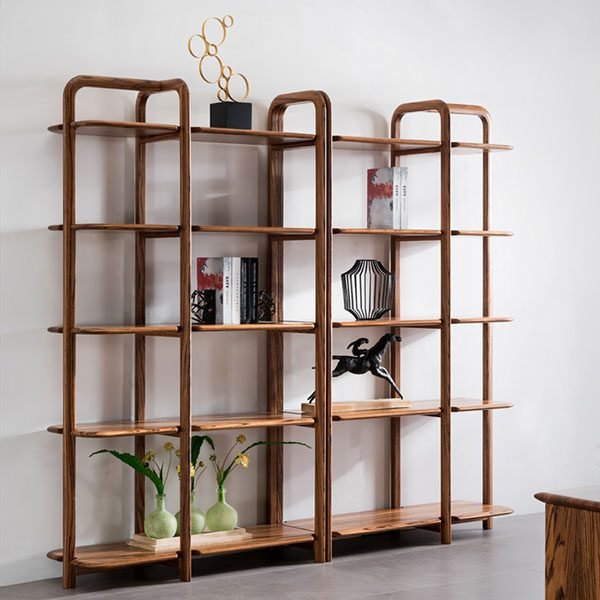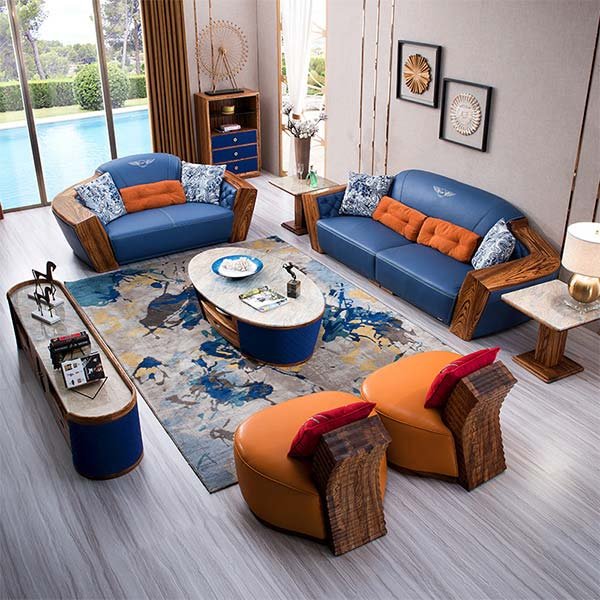“Arrange your bedroom furniture for ultimate comfort and style!”
Feng Shui Tips for Bedroom Furniture Arrangement
Arranging bedroom furniture can be a daunting task, but with the principles of Feng Shui in mind, you can create a harmonious and balanced space that promotes relaxation and restful sleep. Feng Shui is an ancient Chinese practice that focuses on the flow of energy, or chi, in a space. By following these tips, you can optimize the energy in your bedroom and create a peaceful environment.
First and foremost, it’s important to consider the layout of your bedroom and the placement of your furniture. The bed is the most important piece of furniture in the room, as it is the focal point and where you spend the majority of your time while in the bedroom. According to Feng Shui principles, the bed should be placed in a commanding position, where you can see the door but are not directly in line with it. This allows you to feel safe and secure while you sleep.
In addition to the bed, other furniture in the room should be arranged to promote a sense of balance and harmony. Avoid placing furniture in front of windows or doors, as this can disrupt the flow of energy in the room. Instead, try to create a clear pathway from the door to the bed, allowing chi to flow freely throughout the space.
When arranging your bedroom furniture, it’s also important to consider the elements of Feng Shui. The five elements – wood, fire, earth, metal, and water – should be represented in the room to create a sense of balance. You can incorporate these elements through the use of colors, materials, and textures in your furniture and decor.
For example, wood furniture can bring a sense of warmth and grounding to the room, while metal furniture can add a sense of clarity and precision. By incorporating a variety of elements in your bedroom furniture, you can create a space that feels harmonious and balanced.
In addition to the layout and elements of your furniture, it’s also important to consider the energy flow in the room. Clutter can block the flow of chi and create a sense of stagnation in the space. To promote positive energy flow, make sure to keep your bedroom tidy and organized. This can help create a sense of calm and relaxation in the room.
Finally, don’t forget to consider the placement of mirrors in your bedroom. Mirrors can reflect and amplify energy, so it’s important to place them thoughtfully. Avoid placing mirrors directly across from the bed, as this can create a sense of restlessness and disrupt your sleep. Instead, try to place mirrors in a position where they can reflect natural light and create a sense of spaciousness in the room.
By following these Feng Shui tips for bedroom furniture arrangement, you can create a space that promotes relaxation, restful sleep, and positive energy flow. With a few simple adjustments to your furniture layout and decor, you can transform your bedroom into a peaceful sanctuary where you can unwind and recharge.
Creative Layout Ideas for Small Bedrooms
Arranging furniture in a small bedroom can be a challenging task, but with some creativity and strategic planning, you can make the most of the space you have. Here are some creative layout ideas to help you maximize the functionality and aesthetics of your small bedroom.
One of the key principles to keep in mind when arranging furniture in a small bedroom is to prioritize functionality and flow. Start by assessing the size and shape of your room, as well as the location of windows, doors, and other architectural features. This will help you determine the best layout for your furniture.
One creative layout idea for a small bedroom is to place the bed against the longest wall. This will create a sense of openness and maximize floor space. Consider using a platform bed with built-in storage to maximize storage space in a small room. You can also opt for a loft bed to free up floor space for other furniture or activities.
Another creative layout idea is to use multifunctional furniture pieces, such as a daybed with storage drawers or a desk that doubles as a bedside table. This will help you make the most of limited space while keeping the room organized and clutter-free. Consider using wall-mounted shelves or floating nightstands to save floor space and create a sleek, modern look.
When arranging furniture in a small bedroom, it’s important to create designated zones for different activities, such as sleeping, working, and relaxing. Consider using area rugs or room dividers to visually separate these zones and create a sense of balance and harmony in the room.
If you have a small bedroom with a sloped ceiling or awkward angles, don’t be afraid to get creative with your furniture placement. Consider placing a low-profile bed or a small desk under the sloped ceiling to make use of the space effectively. You can also use corner shelves or built-in storage units to maximize storage space in tight corners.
When arranging furniture in a small bedroom, it’s important to consider the scale and proportion of each piece. Avoid overcrowding the room with oversized furniture, as this can make the space feel cramped and cluttered. Instead, opt for sleek, streamlined pieces that fit the scale of the room and leave plenty of open space.
In conclusion, arranging furniture in a small bedroom requires careful planning and creativity. By prioritizing functionality, flow, and balance, you can create a stylish and functional space that maximizes the potential of your room. Whether you opt for a minimalist approach or a more eclectic style, these creative layout ideas will help you make the most of your small bedroom.
Maximizing Space with Multi-Functional Furniture in Your Bedroom
Arranging furniture in a bedroom can be a challenging task, especially when you are working with limited space. However, with the right approach and some creative thinking, you can maximize the space in your bedroom by using multi-functional furniture.
One of the key principles of arranging furniture in a small bedroom is to choose pieces that serve more than one purpose. For example, a bed with built-in storage drawers can help you save space by eliminating the need for a separate dresser. Similarly, a nightstand with shelves or drawers can provide extra storage space while also serving as a bedside table.
Another way to maximize space in your bedroom is to choose furniture that can be easily moved or rearranged. For example, a modular shelving unit can be configured in different ways to accommodate your storage needs and fit the layout of your room. Additionally, lightweight and portable furniture, such as folding chairs or tables, can be easily stored away when not in use to free up space.
When arranging furniture in a small bedroom, it is important to consider the flow of the room and how you move around in it. Avoid placing large pieces of furniture in high-traffic areas or blocking doorways and windows. Instead, try to create a clear path from the entrance to the bed and other essential areas of the room.
In addition to multi-functional furniture, you can also maximize space in your bedroom by utilizing vertical storage solutions. Wall-mounted shelves, floating nightstands, and hanging organizers can help you make the most of your wall space while keeping the floor clear. You can also consider using under-bed storage containers or a bed riser to create extra storage space without taking up valuable floor space.
When arranging furniture in a small bedroom, it is important to strike a balance between functionality and aesthetics. Choose furniture pieces that not only serve a practical purpose but also complement the overall design and style of your room. Consider the scale and proportion of each piece to ensure that it fits well within the space and does not overwhelm the room.
In conclusion, maximizing space in your bedroom with multi-functional furniture is a smart and practical approach to arranging your furniture. By choosing pieces that serve more than one purpose, can be easily moved or rearranged, and utilize vertical storage solutions, you can create a functional and stylish bedroom that makes the most of your limited space. Remember to consider the flow of the room, utilize underutilized spaces, and strike a balance between functionality and aesthetics to create a comfortable and inviting bedroom that meets your needs.
Заключение
Arrange your bedroom furniture in a way that maximizes space and creates a comfortable and functional layout. Consider the flow of the room, the placement of the bed, dressers, and other furniture pieces, and make sure there is enough space to move around easily. Experiment with different arrangements until you find one that works best for your needs and preferences.



